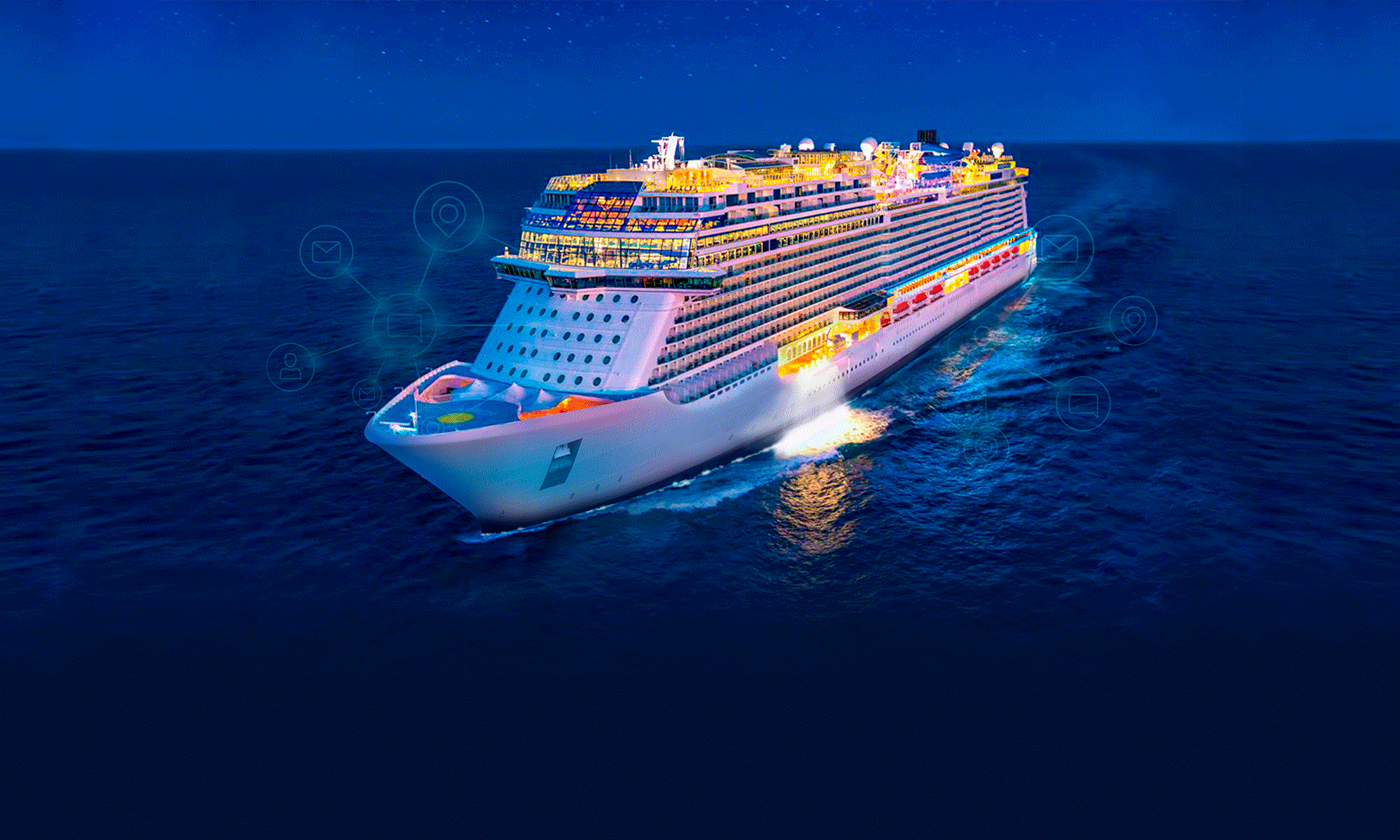In general, cruise-based vacations offer good value for the money and are convenient for social and family groups looking to vacation together in a small space. Most importantly, cruise tourism can provide a perfect boost to other tourist industries while providing access to large numbers of visitors to more distant and outlying locations that might otherwise find it difficult to draw them in.
By 2027, revenues for cruise ship companies are expected to reach around $57 billion. With these numbers, it is all the more astonishing that, aside from the operating equipment of the vessels, relatively little has been done to bring outstanding technology breakthroughs on board.
Cruise businesses must accept the possibilities of digitization in order to satisfy the requirements and desires of travelers who are aware of and appreciate the ease offered by technology in other aspects of their life and to remain competitive in the market. Let’s look at some of the solutions on offer for cruise lines to improve their customer experience.
Understand guest preferences
Cruise companies should embrace data and analytics more than ever to develop a customization engine that allows passengers control over several touch points throughout their sailing experience. These engines can learn from, record, and let staff respond to preferences right away based on passenger behavior. To better understand the client experience, provide offers that are specific to them, and promote pertinent content, brands may gather comprehensive data.
When it comes to entering a guest room for maintenance, communicating with all passengers at once, or obtaining individual medical information in an emergency, crew members appreciate the efficiency that technology brings.
An inventive digital system can operate in the background as customers enjoy the event at their own pace. Cruise lines frequently utilize mobile, cloud, machine learning, and data analytics to build a layered digital infrastructure to segment passengers and identify each visitor as an individual in order to tailor every part of a passenger’s schedule.
Focus on IoT
There is no doubt that the potential for IoT in cruise ship technology is enormous. Here are just a few potential applications:
- Mobile applications make it easier for customers to research, schedule, and organize events.
- Using their smart devices, passengers may place food and drink orders using onboard location services.
- While crew members are made aware of any specific dietary sensitivities or allergies, they may also deliver right to the guest’s location.
- With facial recognition and passenger counts, artificial intelligence, algorithms, and machine learning hasten boarding.
- Wearables assist with contact tracking and contactless tasks, including gateway administration, payment, and cabin access.
For user experience to be driven and exclusive, hyper-personalization needs a whole stack of networking, software, applications, and business analytics. Cruise lines must solve the problems of creating future-proof technologies or upgrading existing systems with new technology to accomplish this.
Digitalization is spreading throughout the world, and it will change how personnel operate and how passengers travel on cruise ships. However, consumer expectations are increasing almost as quickly as the market can respond to them. Modern ships like those deployed in recent years are merely the first stage, despite their state-of-the-art new technology.
Check out netTALK Maritime’s innovative technology in the form of our passenger and crew health monitoring application!
